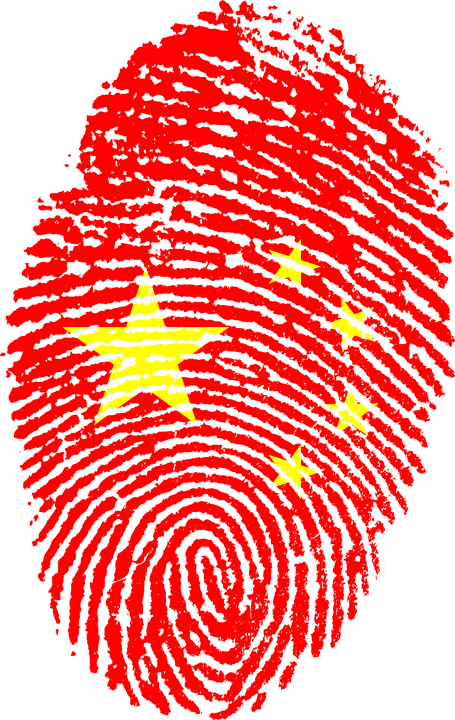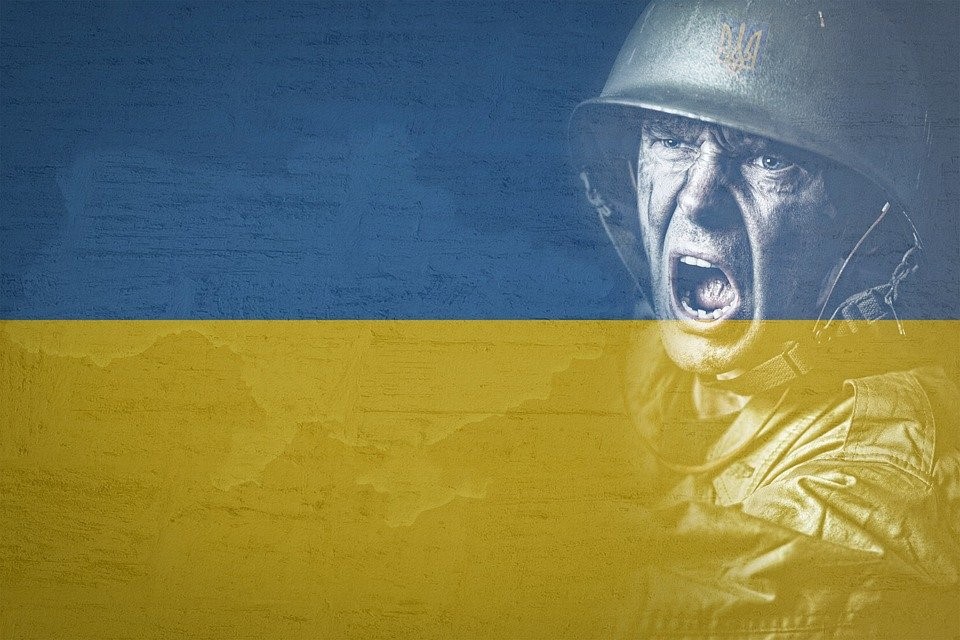Don’t throw the past away
You might need it some rainy day
Dreams can come true again
When everything old is new again
Some readers may be old enough to remember the so-called “witch hunt” of Communist party members and sympathizers during the 1950s. In particular, Senator Joseph McCarthy (R-WI) is best remembered for claiming in 1950 that he had “a list of known Communists still working in the Department of State…(w)hen McCarthy became chairman of the Permanent Subcommittee on Investigations in 1953, he launched a series of investigations into alleged subversion and espionage.”
“A special subcommittee investigated McCarthy’s charges and rejected them as ‘a fraud and a hoax.'” Further, “(i)n 1954 a confrontation with the army led to the nationally televised Army-McCarthy hearings, which tarnished McCarthy’s public image, undermined his charges, and prompted his censure by the U.S. Senate.”
It has been dogma for many years that “McCarthyism” and the “Red Scare” of the 1950s led to the blacklisting of many innocent government workers, screenwriters and other citizens. “liberals and leftists held the high ground in the dispute over whether a communist conspiracy actually existed in the United States or was simply a by-product of ‘the paranoid style in American politics’…(t)here were rancorous divisions on the liberal-left in the 1950s over who was a spy and who was an accused innocent, who was a secret communist political operative and who was a straightforward fighter for social justice…In the upmarket universities and other places where the dominant form of polite liberalism thrived, the accusers, who had named names and had pointed out the communist spies, were scorned as despicable vermin. Among more mainstream scholars…the forces of domestic anti-communism were described largely as manifestations of social underdevelopment and popular irrationality, not legitimate concern.”
In more recent years, it has been discovered that even a “paranoid” like Senator McCarthy had real enemies. “In the 1940s, the (National Security Agency) NSA had a top-secret program called Venona which intercepted (and much later decoded) messages between Moscow and its American agents. The recent publication of a batch of Venona transcripts gives evidence that the Roosevelt and Truman administrations were rife with communist spies and political operatives who reported, directly or indirectly, to the Soviet government, much as their anti-communist opponents charged. The Age of McCarthyism, it turns out, was not the simple witch hunt of the innocent by the malevolent as two generations of high school and college students have been taught.”
Communist influence and subversion must have been a concern for the Truman Administration even before Senator McCarthy and his sensational allegations. In 1947, President Truman signed Executive Order 9835, which required “a loyalty investigation of every person entering the…employment of any department or agency of the executive branch of the Federal Government,” and that “each department or agency shall appoint one or more loyalty boards…for the purpose of hearing loyalty cases arising within such department or agency and making recommendations with respect to the removal of any officer or employee of such department or agency on grounds relating to loyalty.”
While Executive Order 9835 did not specifically require the signing of a “loyalty oath,” “In 1950, the California State Legislature enacted the Levering Act, requiring oaths of loyalty from all its employees. The loyalty oath was suggested by Assemblyman Harold Levering. It required all state employees to swear that they did not belong to or support any organization which wished to overthrow the state or federal government through the use of force or violence…it was aimed specifically at members of the Communist Party.” Not to be undone, in 1949 the University of California instituted its own “Loyalty Oath,” an employment requirement that continues to the present time.
“The Oath was met with resistance by some faculty members, with non-signers at Berkeley organising under the leadership of Professors Edward Tolman and Frank Newman in the first half of 1950…(f)ollowing a series of standoffs, deadline deferrals, and an ultimatum…(o)n June 23rd, 1950, the Board of Regents voted to fire 157 employees, both academic and non-academic, for their refusal to sign the Oath. This number was soon reduced to 31, as many decided to sign the Oath after the Regents made their tenacity clear…”
In 1949, the idea that academics should be forced to sign an oath of loyalty to the Constitution, and vow not to support the overthrown of the government, was met with general outrage and derision. The President of Yale University, Charles Seymour, said that “(a)ny suggestion that we should employ here a procedure comparable to that required by the necessities of secret government work, and investigate the loyalty of our staff is utterly repugnant to my concept of a university.” Likewise, the President of Smith College, Herbert Davis, said “Smith College has always welcomed diversity of opinion and has never been frightened by independent thinking on the part of its faculty or students. . . . I do not fear the influence of any extreme opinions in the academic world as much as I fear the attempt to stifle them and limit freedom of debate. .”
At that time, a Senior Member of Harvard, Grenville Clark, was quoted as saying “(Harvard) believes that the members of the faculties, in their capacity as citizens, have the same rights to express themselves as other citizens, and that those rights should not be restricted by the University by trying to keep `watch’ on professors or otherwise. . .” Then there was the Chancellor of the University of Chicago, Robert M. Hutchins, who said “(i)f we apply any other test than competence in determining the qualifications of teachers, we shall find that pressures and prejudice will determine them, and today in many places, and if not today it may happen tomorrow, anti-Catholic or anti-Jewish campaigns may mean that teachers who belong to those churches will not be able to practice their professions. . .”
Let us fast forward 73 years to the present day. Are the leaders of the academic community still opposed to the concept of loyalty oaths?
The University of California has become “increasingly obsessed with diversity, equity, and inclusion (DEI), they have used diversity statement requirements in increasingly invasive ways. Diversity statements at some UC schools are the first thing a search committee reviews. These diversity statements must be evaluated by top-down rigid rubrics. And if a candidate does not achieve a sufficiently high score, then that candidate is automatically eliminated from consideration. Diversity statements for many applicants are not just an additional factor — they are the only factor. At UC Berkeley, for instance, 76 percent of applicants were eliminated without considering the rest of their application… a written assessment of a prospective hire’s contributions to diversity will become a requirement. And within the next two years, these statements will be required not just of future hires but of all current faculty when they are evaluated for potential promotion, tenure, or pay increase.”
UC is also “the first college system to become a charter member of an American Association for the Advancement of Science initiative aimed at systemically improving diversity, equity, and inclusion in the sciences…(u)nder the STEMM Equity Achievement (SEA) Change, participants will conduct in-depth data collection and self-assessments to identify DEI barrier for students, faculty, and staff members…(p)articipants must create a plan to address any equity issues discovered after conducting a self-assessment.”
California is not the only state with a University dedicated to enforcing diversity. At Indiana University, “(a) primary tool is to require all new faculty to fill out a ‘diversity statement.’ Candidates for faculty positions are required to describe exactly what they have done in their careers to support the goal of ‘equity’ especially combined with the undefined words ‘diversity’ and ‘inclusion.’ Administrators now carefully comb through these statements to determine if a candidate supports the goals of diversity, inclusion and equity. If they are not sufficiently supportive of, or heaven forbid, are opposed to, these goals they will not be interviewed.”
But not all College Professors are onboard with this new emphasis on diversity. “Abigail Thompson, chair of University of California Davis’s math department, opposes diversity statements in California because they are inevitably political. She observes that politics reflects how you believe society should be organized. Her view…is that Americans should aspire to treat every person as a unique individual, not as a representative of their gender or their ethnic group. In contrast, a diversity statement is a loyalty oath to a political view that celebrates identity politics.”
But Professor Thompson’s view is decidedly in the minority. In fact, “(a) new report from the American Enterprise Institute found that nearly 20 percent of university faculty job listings require a pledge of support for diversity. ‘Across all 999 jobs [reviewed by the think tank], we find that 19 percent require diversity statements, while 68 percent include the terms ‘diversity’ or ‘diverse’ in some fashion, often as a way of describing the university environment,’ the report said.”
As described by George Leef in Forbes, “instead of having to pledge support for America in its battle against communism, the new pledge is support to the ‘diversity’ agenda in its battle against a color-blind nation where people are evaluated on their own merits rather than group membership… (t)he diversity statement has a purpose. That purpose, writes…Professor Bruce Gilley of Portland State University, is to weed out non-leftist scholars. At many universities, he explains, there is an unspoken ideology that ’emphasizes group identity, an assumption of group victimization, and a claim for group based entitlements.’ On the other hand, ‘Classical liberal approaches that emphasize the pluralism of a free society, the universalism of human experience, and the importance of equality before the law have been regarded as invalid.'”
Just like President Truman, President Biden has issued his own Executive Order to insure loyalty – to diversity. On his first day in office, Joe Biden stated that “(i)t is…the policy of my Administration that the Federal Government should pursue a comprehensive approach to advancing equity for all, including people of color and others who have been historically underserved, marginalized, and adversely affected by persistent poverty and inequality. Affirmatively advancing equity, civil rights, racial justice, and equal opportunity is the responsibility of the whole of our Government. Because advancing equity requires a systematic approach to embedding fairness in decision-making processes, executive departments and agencies (agencies) must recognize and work to redress inequities in their policies and programs that serve as barriers to equal opportunity.” Further, much like Truman’s “loyalty boards,” Biden’s Executive Order requires “(t)he head of each agency, or designee, shall…select certain of the agency’s programs and policies for a review that will assess whether underserved communities and their members face systemic barriers in accessing benefits and opportunities available pursuant to those policies and programs.”
In keeping with the spirit of Biden’s Executive Order, the “Task Force One Navy” “recently made diversity-related recommendations that include de-emphasizing standardized academic tests when evaluating Navy recruits and renaming ships and other assets with ‘problematic’ names.” The Task Force also “included a pledge for its own members ‘to advocate for and acknowledge all lived experiences and intersectional identities of every Sailor in the Navy.'” The Task Force took pains to explain this was a pledge the members of the Task Force took themselves, not something they were recommending for service members.
Nevertheless, there would appear to be very little difference in intent between the use of loyalty pledges in the 1940s and 1950s, and the Diversity “statements” employed today. But while the “classical liberals” of more than 70 years ago were vehemently opposed to the use of loyalty oaths to fight communist infiltration of our government and universities, the “woke leftist” of today is more than happy to pledge allegiance to diversity – except, of course, for diversity of thought.
What can a University Professor or government employee do to avoid making a “Diversity Statement?” George Leef, writing in Forbes has one potential answer:
“Perhaps diversity statements can be challenged on First Amendment grounds. In a famous rebuke to ideology intruding on education, the Supreme Court held in the 1943 case West Virginia Board of Education v. Barnettethat the state could not penalize Jehovah’s Witness students for failure to recite the Pledge of Allegiance. Justice Jackson’s majority opinion speaks to the same issues as are raised by mandatory diversity statements.
He wrote, “Struggles to coerce uniformity of sentiment in support of some end thought essential to their time and country have been waged by many good, as well as evil men…. It seems trite but necessary to say that the First Amendment to our Constitution was designed to avoid these ends by avoiding these beginnings…. If there is any fixed star in our constitutional constellation, it is that no official, high or petty, can prescribe what shall be orthodox in politics, nationalism, religion, or other matters of opinion, or force citizens to confess by word or act their faith therein.“
Judge Wilson served on the bench in NYC.









